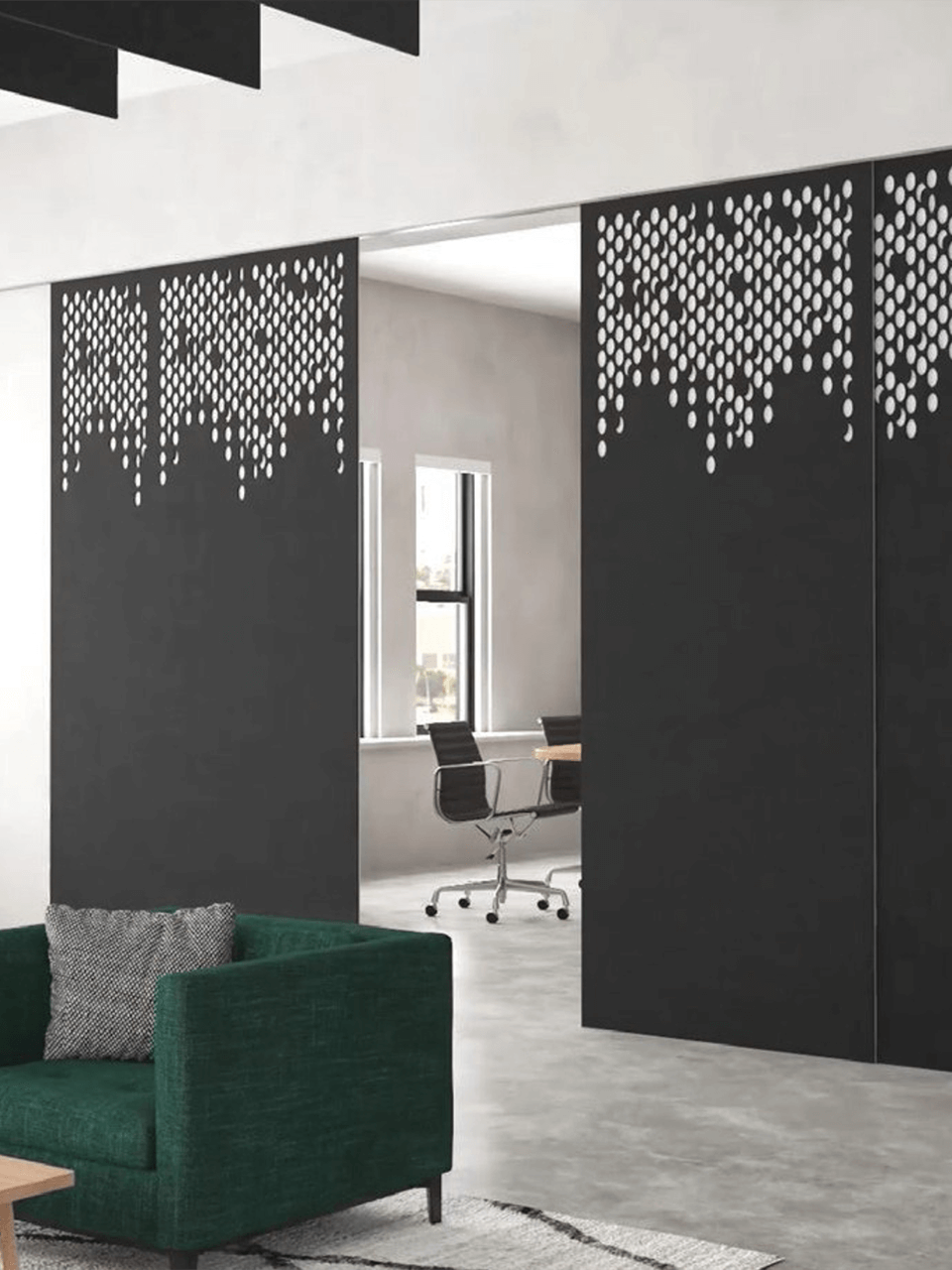Gallup Management Journal did an interesting Q&A on office interruptions with Gloria Mark, an associate professor at the Donald Bren School of Information and Computer Sciences at the University of California, Irvine, and a leading expert on work. Usually called distractions, these interruptions were researched from various angles, including but not limited to:
- What caused the distractions (external or internal?)
- How many distractions were there
- How long did it take to get back on task
What Caused the Distractions?
The study found that most people suffered from both internal and external interruptions, meaning that they interrupted themselves and were also victims of outside interruptions. While most managers are primarily the target of external interruptions, the average worker distracts him/herself almost as much as others do!
How Many Distractions Were There?
On average, each worker experienced an interruption/distraction every 3 minutes!
How Long Did It Take to Get Back On Task?
Gloria noted that when a worker is interrupted, he or she usually doesn’t get right back on task. In fact, she found that there are normally 2 intervening tasks before focusing on the original task. Thus, it takes more effort to reorient oneself to the context of that task. Additionally, she noted interruptions are often accompanied by physical changes to the work environment. Whether the worker shifted files, opened or closed windows, shot out a quick email, or answered a phone call as a result of the interruption (or interruptor), the physical layout of the workspace has been altered, which also makes it difficult to get back on task quickly. As Ms. Mark concluded, “…there’s a cognitive cost to an interruption.”
What can you do about interruptions?
The bottom line is that every worker is surrounded by interruptions caused both by self and others. It’s difficult to control for internal interruptions, but you can control for external interruptions. A more recent development has been the use of office sound masking, the use of low-level white noise to cover office noise (i.e. unnecessary interruptions and distractions). The result is less distraction, more focus, fewer errors, and lower stress levels.
As a manager, it’s important to recognize that many interruptions are necessary. However, it’s equally important to recognize the strain they put on workers, as well as the hit productivity takes.

















































